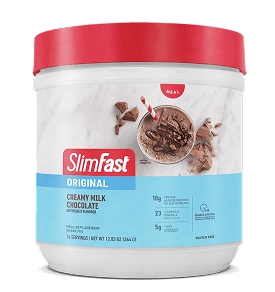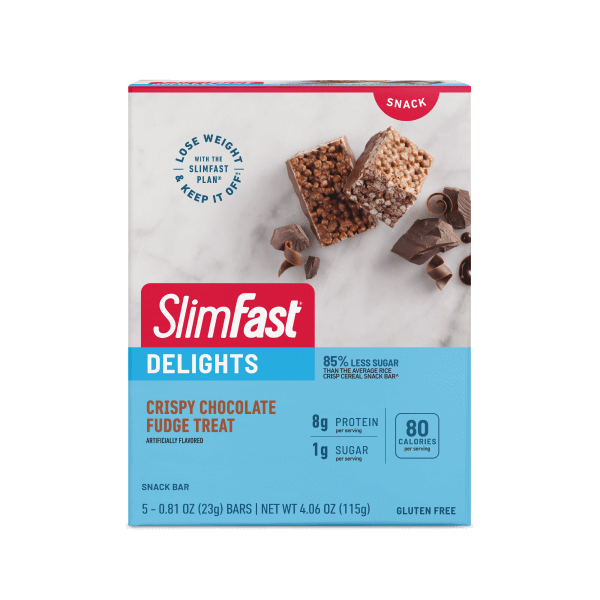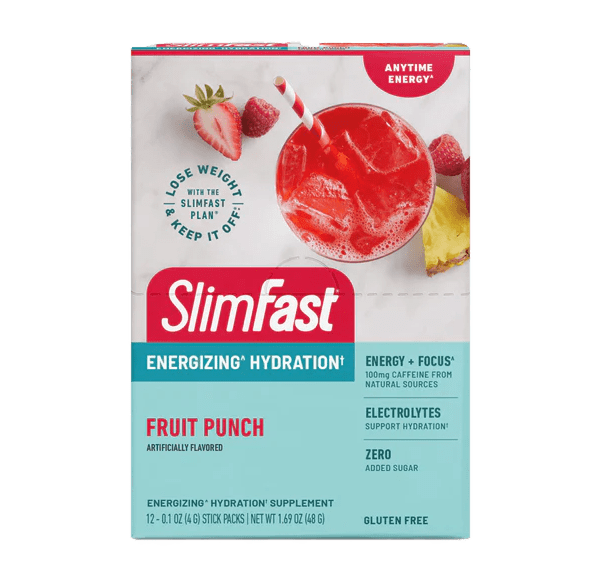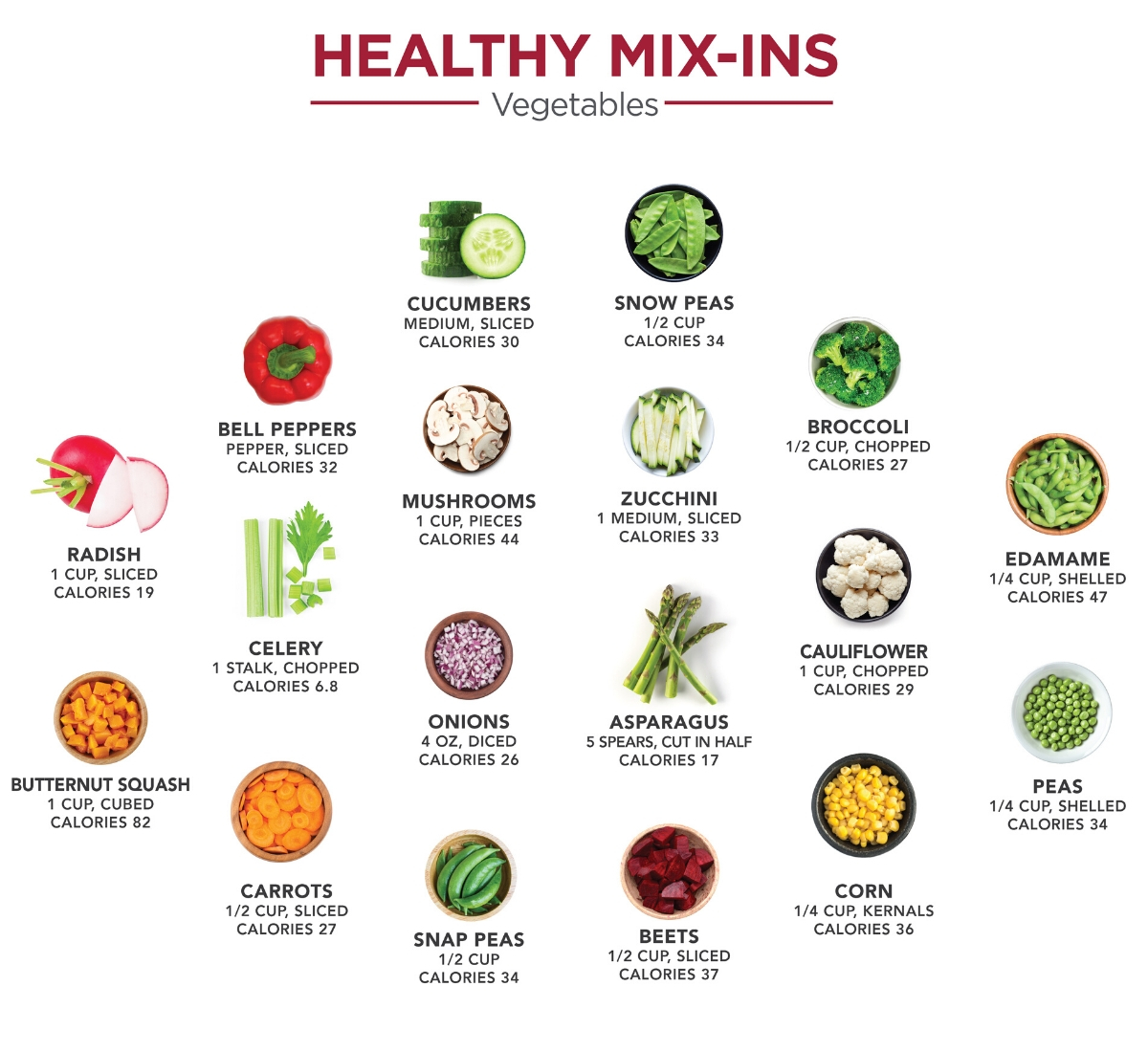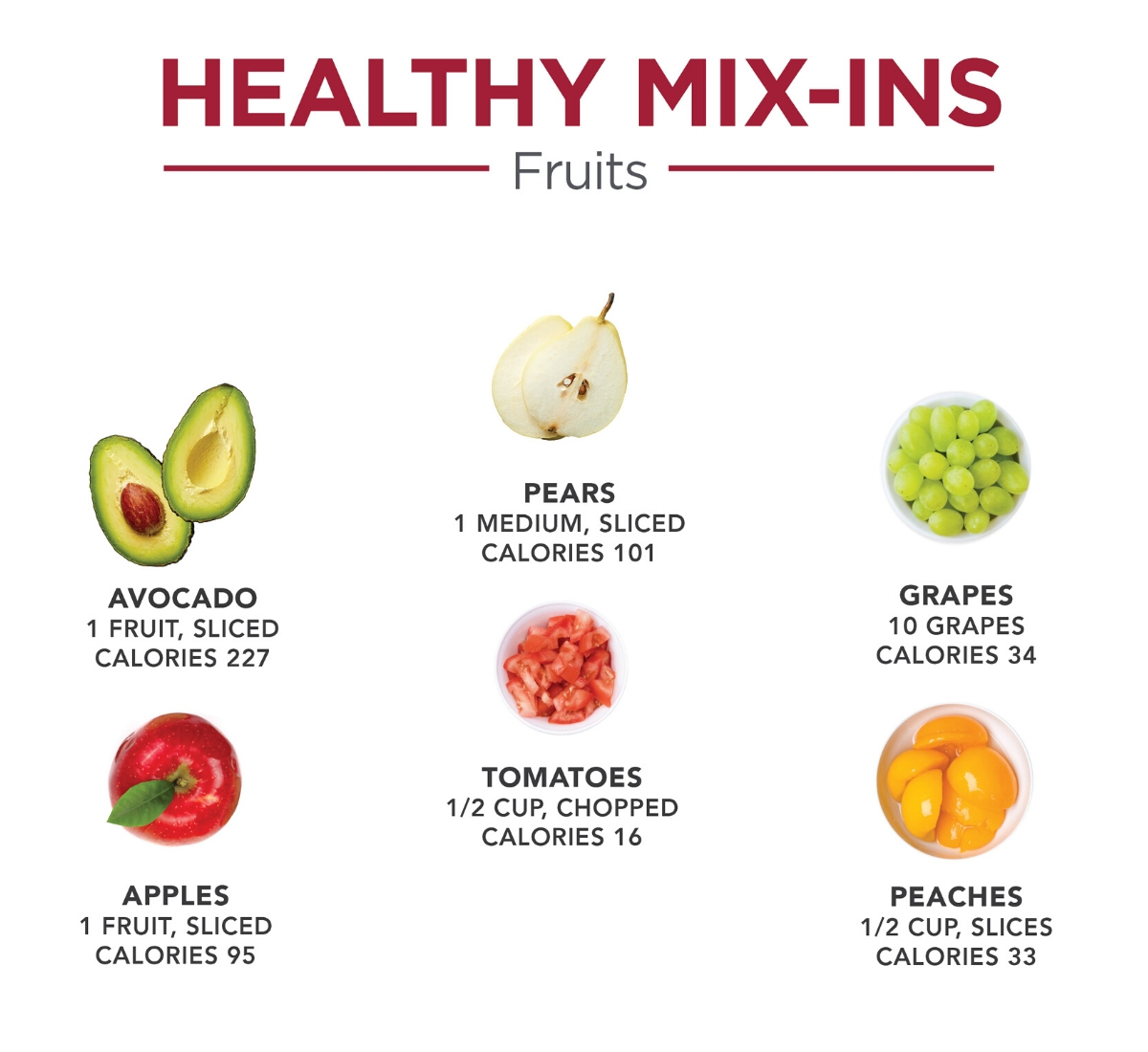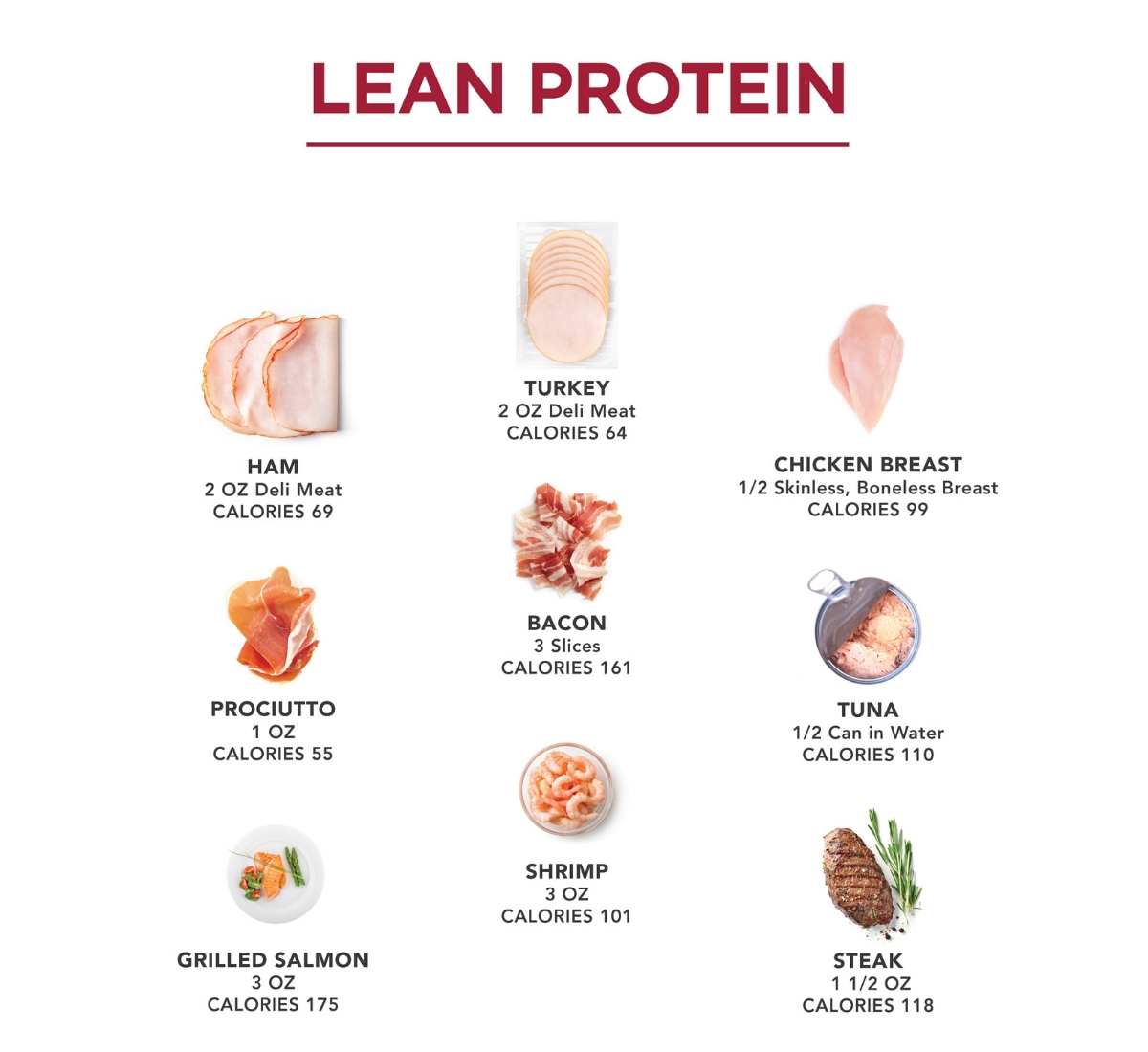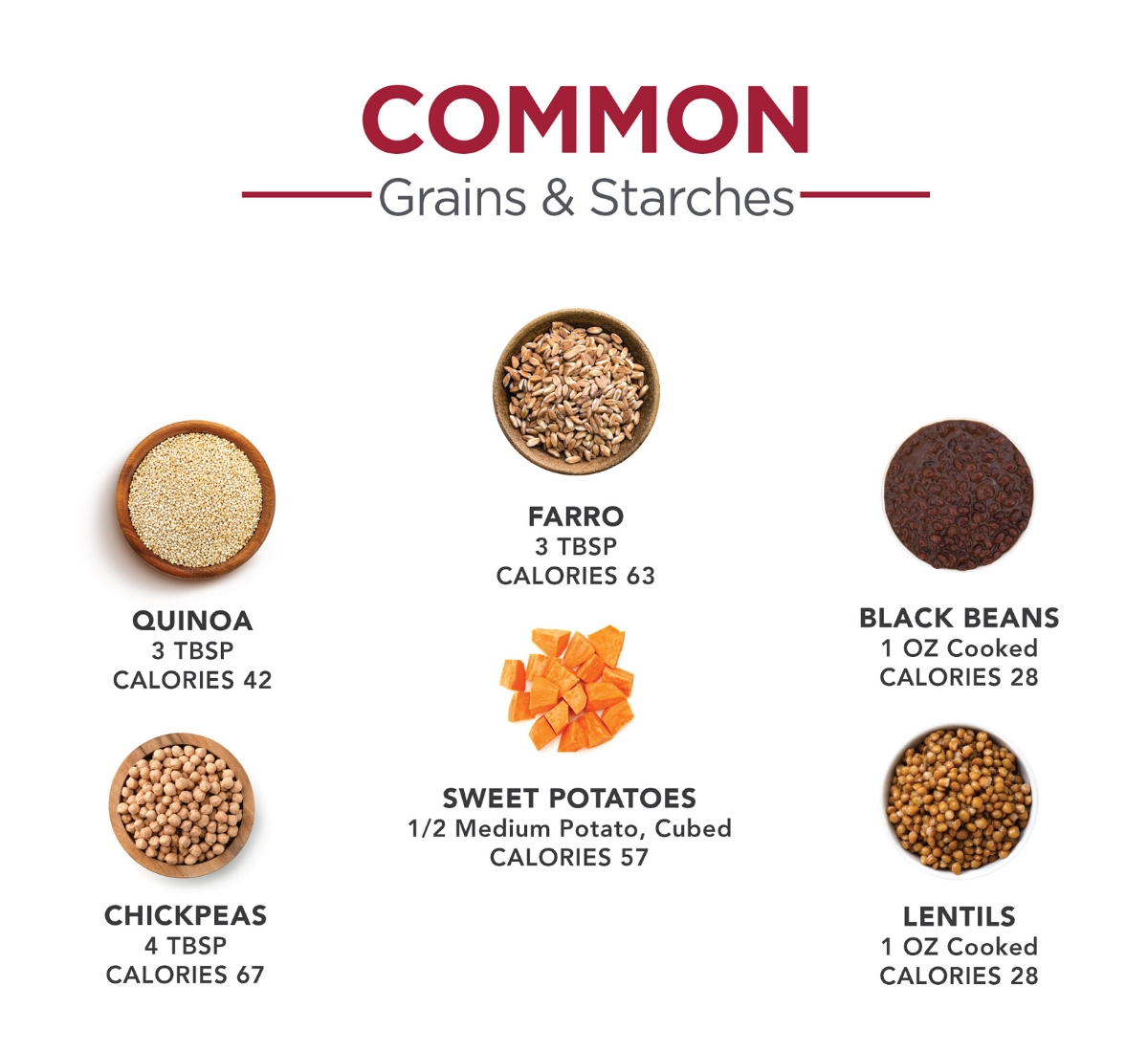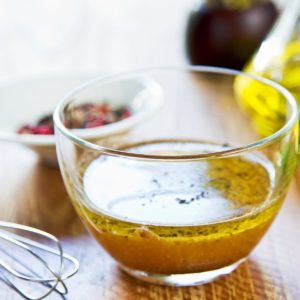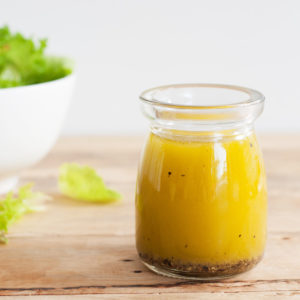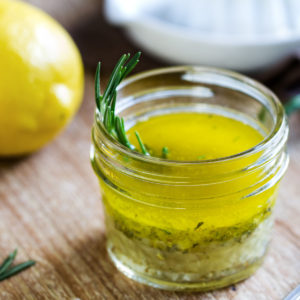Salads can be fun! Salads are an amazing way to combine a variety of delicious and satisfying foods into one big bowl of nutrient-packed goodness!
Here is your ultimate guide to building a hearty and delicious salad! Your dietary goals and needs may vary so adjust ingredients accordingly.
There is a simple method to building a delicious and nutritious salad:
- Divide your salad bowl into three sections.
- Half of your bowl should be filled with non-starchy dark leafy greens.
- A quarter should be filled with lean protein and the remainder with starchy vegetables or whole grains.
Leafy Greens
When it comes to choosing a base lettuce for your salad, there is a wide array of greens. Look for local or seasonal greens whenever possible; you may stumble upon a new type of lettuce you wouldn’t normally consider! When picking your lettuce, remember that yellow and brown edges or discoloration are signs of age. If you are purchasing a whole head, a few wilted leaves on the outside may not be a problem—but check the base for brown patches as that could indicate aging.
When looking to incorporate different textures and build upon flavors in a salad, it helps to know the most common types of lettuce and their flavor profiles. Soft Greens include lettuce like Bibb, spring mix, or mesclun greens and are defined by their light-green leaves that are sweet and wilt easily. All-Purpose Greens are those that have a milder flavor and a crisper leaf such as romaine, iceberg, and baby spinach. Sturdy Greens have a stronger flavor with dark strong leaves that do not wilt, such as kale, chard, and escarole. Peppery Greens are defined by their aroma, bitter flavor and crisp texture and include lettuce like arugula, endive, radicchio and frisee. These lettuces are often included in mixed greens to balance and bring flavor to lettuce mixes. Below are some common lettuce types to use as a base to your salad. Add one or more to the bowl—and always wash your lettuce before eating!
Lean Protein, Starchy Vegetables & Whole Grains
After choosing your non-starchy, dark leafy greens, add your lean proteins and starchy vegetables or whole grains. Try to include as at least six to eight components in your salad. Fruits and vegetables add weight and brightness to your greens. Below are some common salad ingredients, include two or more of these ingredients to add to your salad’s base.
Toss a cured meat to add a bite of salt or a meaty fish like salmon or tuna to add a smoked, poached or grilled component. Tried-and-true chicken is a perfect choice chopped into bite-size pieces. Include one or two (at most), of the lean proteins below to add another level of satisfaction to your salad.
Fully cooked whole grains or starchy vegetables are a great way to add variety to your salad. Add one of the below examples sparingly to your salad.
Dressing is the best way to personalize a salad and add fresh or creamy flavors to help combine and pull together all the components in your bowl. For the most part, homemade dressings keep well in the refrigerator, and don’t have the sugar found in many of the bottled dressings. When it comes to dressing a salad a good rule of thumb is to pair the weight of your dressing with the sturdiness of the greens. A hearty romaine or iceberg can hold a creamier dressing whereas a light vinaigrette will not wilt a more delicate lettuce. The classic profile of a salad dressing is rich and salty, tangy and sometimes a little sweet. Below are three simple, low-carb dressing recipes. Once you have the basic vinaigrette mastered, it’s easy to start playing with flavors and different oil and vinegar combinations.
Use this quick and easy method to help mix and match your components to build new flavors each time and keep your salad game strong!

